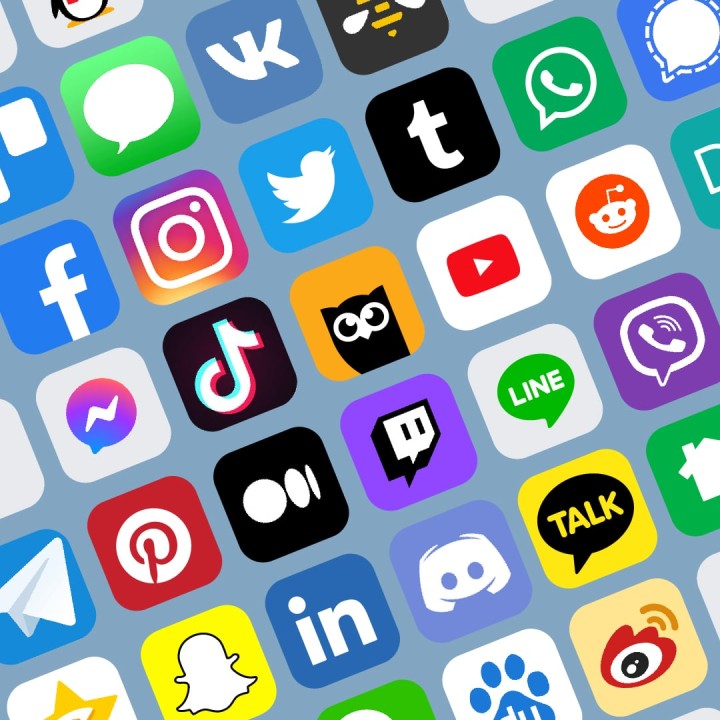
A Brief History of Social Media
In less than few decades, social media has evolved from a direct electronic information exchange platform to a globally connected circle, photo sharing websites, virtual gatherings, worldwide instant news, retail platform and has become a vital part of all of our lives. But when did social media start or what does it even mean? How did this speedy shift from newspapers and magazines to laptops and mobile screens happen? What caused it?
What is Social Media
Social media like traditional media was and is currently used to communicate information, deliver a message, share content. Although the definition of ‘social media has evolved over the years, its foundational uses have remained.
Origin of Social Media
Image Source: © Keymediasolutions, Published by Miriam J Johnson
When we hear of the word ‘social media, we usually relate it to the 20th century, surprisingly the roots of social media date back to the 18th century.
Postal Services - The earliest methods of communicating handwritten messages across long distances were to physically deliver them in the form of postal services which go back to 550BC. This means of communication is considered as the primitive form of the current social media platforms
The invention of the Telegraph – In 1792, a revolutionary invention took place which now allowed messages, news, and information to be delivered faster and cheaper
The discovery of Radio and Television Lines - The late eighteen hundred, both technologies are still in use today, although the modern versions are much more sophisticated than their predecessors. Telephone lines and radio signals enabled people to communicate across great distances instantaneously, something that mankind had never experienced before
The beginning of the 20th Century marked the rise of social media platforms at an unprecedented speed. First super computers were created in the 1940s, scientists and engineers began to develop ways to create networks between those computers, and this later leads to the birth of the Internet.
The earliest forms of the Internet, such as CompuServe, were developed in the 1960s. Primitive forms of the email were also developed during this time. By the 70s, networking technology had improved, and in 1979’s UseNet allowed users to communicate through a virtual newsletter.
By the 1980s, home computers were becoming more common, and social media was becoming more sophisticated. Internet relay chats, or IRCs, were first used in 1988 and continued to be popular well into the 1990s. The late nineties saw the rise of blogging and messaging sites which initiated the social media sensation that is still present today.
Initially, social media apps were limited to desktops and laptops but soon shifted to mobile phones and tablets as well. Social media rose as high-speed wireless internet became more readily available in homes, businesses, and public spaces.
After the invention of blogging, social media began to explode in popularity. Sites like MySpace and LinkedIn gained prominence in the early 2000s, and sites like Photobucket and Flickr facilitated online photo sharing. YouTube came out in 2005, creating an entirely new way for people to communicate and share across great distances. By 2006, Facebook and Twitter both became available to users throughout the world. These sites remain some of the most popular social networks on the Internet. Other sites like Tumblr, Spotify, Foursquare, and Pinterest began popping up to fill specific social networking niches.
Today, 3.96 billion people use social media worldwide. The number of social media apps has increased exponentially and each with its distinct objectives. Social media is here to stay as long as humans live, but with only more power in the future.
Summary
Social media was created to share content, connecting the world, and communicating with people. Although social media as a ‘term’ has evolved into different platforms and devices, its foundational features remain. Inventions of the telegraph, the radio, and television channels boosted the growth of modern advanced social media apps we use today. The rise of the internet and home available computers gave a new perspective and meaning to the already available social media apps. We can only speculate that social media in the future will have more power and control in our lives.
